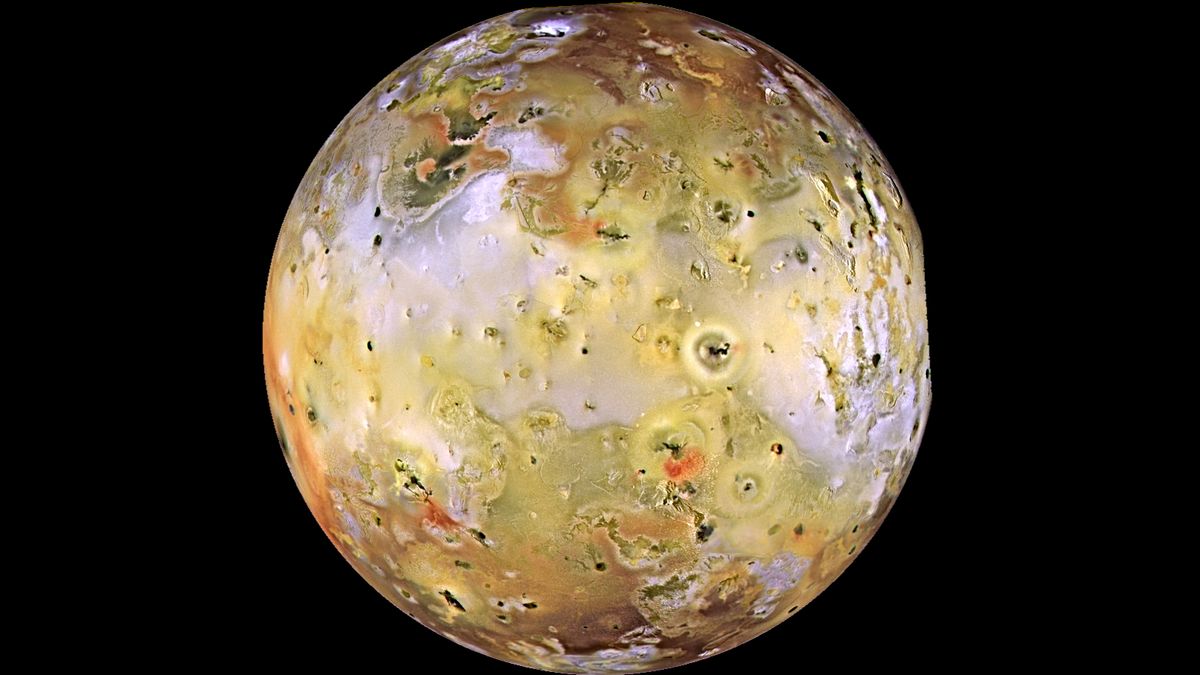
During a flyby of Jupiter’s moon Io on December 27, 2024, NASA’s Juno spacecraft discovered an astonishing volcanic hotspot in the moon’s southern hemisphere.

Imagery from the solar-powered spacecraft provides close-ups of intriguing features on the hellish Jovian moon.

Using NASA’s Juno spacecraft, scientists have calculated the rate of oxygen production on Jupiter’s moon Europa — the first time any spacecraft had directly measured charged oxygen and hydrogen particles from the moon’s atmosphere.

On February 3, 2024, NASA’s Juno spacecraft made a second close flyby of Io, the third largest of Jupiter’s moons. We were able to see a volcunic erruption there like never before.

New findings from NASA's Juno probe orbiting Jupiter provide a fuller picture of how the planet's distinctive and colorful atmospheric features offer clues about the unseen processes below its clouds.

Juno took the photo 8,000 miles from the cloud tops during its 18th close flyby of Jupiter on February 12. Overall, 32 flybys are planned, so Juno is just beginning the second half of its flybys.

A team of space scientists has captured new images of a volcanic plume on Jupiter’s moon Io on Dec. 21, during winter solstice, four of Juno’s cameras captured images of the Jovian moon Io, the most volcanic body in our solar system.

NASA’s Juno spacecraft took this color-enhanced image on May 23, 2018 24), as the spacecraft performed its 13th close flyby of Jupiter. At the time, Juno was 15,500 kilometers from the planet’s cloud tops.
In this animation the viewer is taken low over Jupiter’s north pole to illustrate the 3-D aspects of the region’s central cyclone and the eight cyclones that encircle it.

At the north pole of Jupiter eight storms are arranged around a single polar cyclone. In the south, one storm is encircled by five others.

The original plans for the Juno mission to Jupiter didn’t include a color camera. But a camera was added to the manifest, and the incredible images from the JunoCam have been grabbing the spotlight.

NASA is releasing Juno’s first scientific results and Jupiter appears a lot weirder than anyone thought it would be.

The image was taken on 11 December 2016 at 1744 UT, from an altitude of about 52,200 kilometres above the planet’s beautiful cloud tops.

The JunoCam captured this image on 2 February 2017, at 1313 GMT, at an altitude of 14,500 kilometres above the giant planet’s cloud tops.

NASA's Juno spacecraft has sent back the first-ever images of Jupiter's north pole, taken during the spacecraft's first flyby of the planet with its instruments switched on.